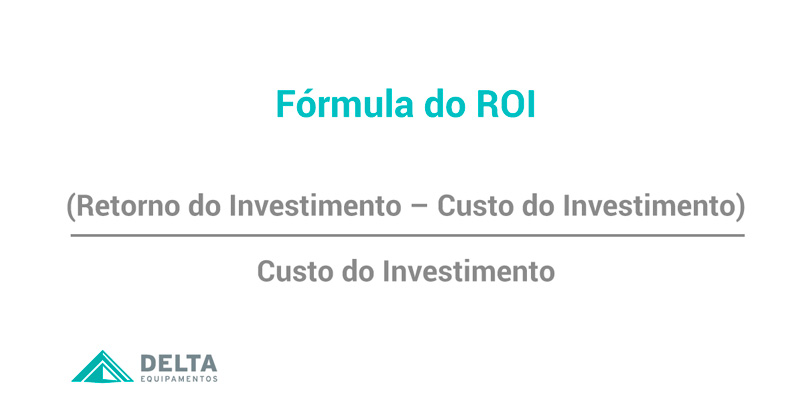Have you ever heard of advanced manufacturing? The term refers to Industry 4.0, which is characterized by remote production controls, which are carried out through sensors and equipment connected in a network.
Although many believe that this concept is far from being implemented, in reality it is already applicable and has been tested in the market. To learn more about this topic, just continue reading!
What is advanced manufacturing, exactly?
In practice, an industry that uses advanced manufacturing has intelligent assembly lines that have minimal human interaction. Assembly lines and products exchange information, carrying out work autonomously.
The systems exchange information including about purchases and stock, indicating when a material is running out so that replacement can be carried out. Sensors then detect and notify the supply chain, which delivers the materials on demand.
What benefits does it provide to the textile industry?
With advanced manufacturing, consumers are able to design their own clothes, using technologies that enable mass customization. This possibility of customization will satisfy different buyer profiles, who will be able to purchase the product with the chosen style and in the right sizes.

Furthermore, time will be saved, as production will be autonomous and more agile. As raw materials are replenished on demand and products are sold when orders are requested, there is still a reduction in inventory.
With less human interference, consequently, fewer failures occur. As long as the system is working properly, all parts will be produced equally and with the expected quality.
This is because Big Data helps to understand different possible scenarios, then simply interpret such data to make the best decision. Productive gain is really impactful when analyzed in general.
+Learn more: 5 benefits of adopting data collection in quality management
+Learn more: What is quality control? How does it work in the textile industry?
Who is already implementing it?
If this scenario is far from becoming reality for you, know that the technology is already available, all that is needed is for companies to start using it. Proof of this is the SENAI CETIQT 4.0 clothing model factory.
In it, the consumer uses a virtual mirror that simulates the product worn, then chooses customizations such as prints and sizes. A collaborative robot measures muscle tone to adapt the modeling. The consumer signs the work and it goes to production, which starts on a printer.
The process is almost entirely done by machines, with the exception of closing the product. After completion, the part is automatically packaged and a robotic arm stores the product until collection, which is done by presenting the QR Code given to the customer at the beginning of the process.
+Learn more: Fast Fashion: what it is and its impacts on textile production
+Learn more: Textile Industry 4.0: controlling quality in the era of advanced manufacturing
Why is it necessary to start this transformation as soon as possible?
You need to be aware that these technologies will soon become a trend, as they bring so many benefits to the production process. According to this article from Gazeta do Povo, by 2027, 15% of industries will operate within the industry 4.0 concept. Furthermore, as said by Robson Wanka, Education Manager at CETIQT, in an interview given to our blog:
“A big change will happen when this trend reaches Industry 4.0. Those who don’t adapt will be left behind.”
But don’t worry, your factory doesn’t need to adapt overnight. Here in Brazil, companies are starting to follow this path, so this is the time to stand out. It’s time to get ahead and make decisions calmly and assertively.
The investment can be made little by little, with equipment that is produced for Industry 4.0, but which is also used together with older technologies. This way, when the investment yields a return, it is possible to reinvest again, until the evolution is complete.

Some of the equipment made available by Delta can be taken as an example. The Mesh Relaxer reduces relaxation time from approximately 48 hours to a few minutes — speeding up the production process.
The Reviewer makes quality control automated, providing greater speed and efficiency to this process. In addition to these, there are several other solutions that can be mentioned. You need to research new technologies and find the one that best fits the needs of your industry.
It is also necessary to carry out training with employees, preparing them to use the new equipment. Even the company’s organizational culture can be impacted, as changes can bring fear.
However, you must always remember all the benefits that can come with them. Check out a little about the topic in this article where we explain how making investments in machinery can reduce industry costs!


![E-book]How to ensure quality control in the textile industry?](https://www.deltamaquinastexteis.com.br/wp-content/uploads/2019/04/ebook-como-garantir-o-controle-de-qualidade-na-industria-textil.jpg)
